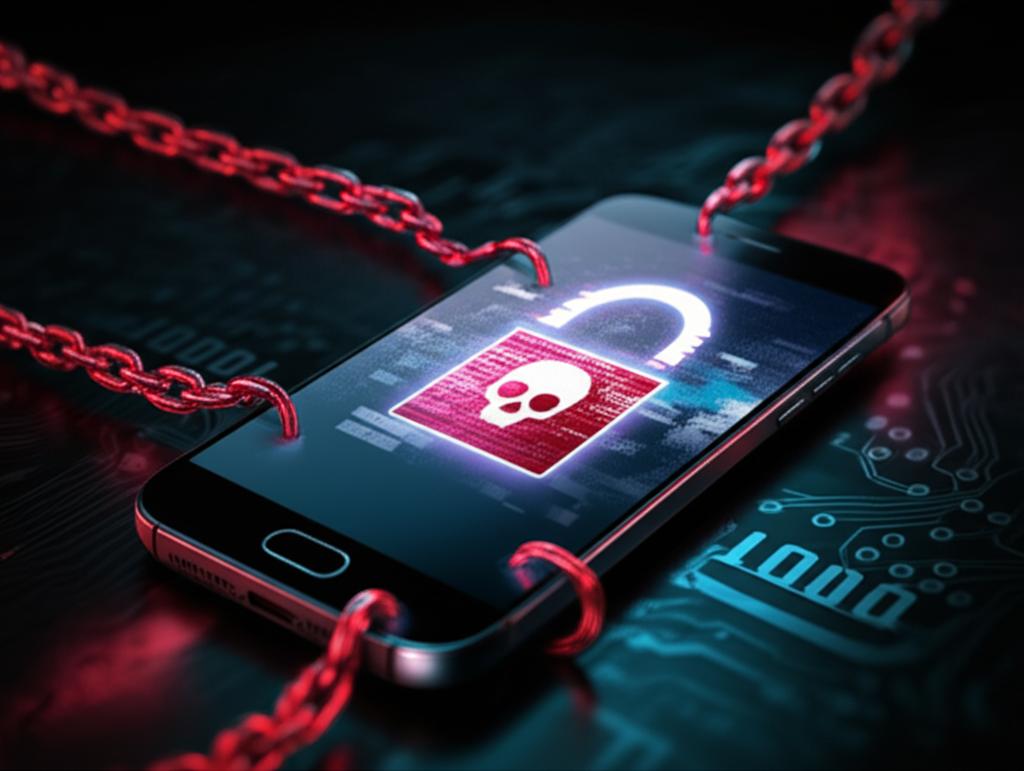Conquering Mobile Ransomware: Essential Defenses Against Digital Hostage-Taking
The Escalating Threat of Mobile Ransomware
In our increasingly connected world, smartphones have become indispensable, holding a treasure trove of personal and professional data. This reliance, however, makes them prime targets for malicious actors. Among the most insidious threats is Mobile Ransomware – a sophisticated form of malware designed to lock you out of your device or encrypt your files, demanding a payment (ransom) for their release. Understanding and defending against Mobile Ransomware is crucial for safeguarding your digital life.
What Exactly is Mobile Ransomware?
Mobile Ransomware operates on the same principle as its PC counterpart: it holds your data or device hostage. Once your mobile device is infected, it can either:
- Lock Screen Ransomware: Prevent you from accessing your device by overlaying a persistent message, often disguised as a law enforcement warning, demanding payment.
- Crypto Ransomware: Encrypt specific files (photos, videos, documents) on your device, making them inaccessible until a decryption key is provided after the ransom is paid.
Unlike traditional computer ransomware, mobile variants often exploit vulnerabilities in the Android operating system or trick users into granting excessive permissions, though iOS devices are not entirely immune to certain social engineering attacks.
How Mobile Ransomware Spreads and Infects Devices
The proliferation of Mobile Ransomware is largely due to several common infection vectors:
- Malicious Apps: Downloads from unofficial app stores or third-party websites often contain hidden ransomware payloads. Even legitimate-looking apps can be trojanized.
- Phishing Attacks: SMS messages (smishing) or emails containing deceptive links that, when clicked, automatically download malware or redirect to malicious sites.
- Drive-by Downloads: Visiting compromised websites can sometimes initiate automatic downloads of malware without the user’s explicit consent.
- Exploiting Vulnerabilities: Outdated operating systems or apps can have security holes that ransomware exploits to gain unauthorized access.
The Devastating Impact of an Attack
An encounter with Mobile Ransomware can lead to severe consequences:
- Data Loss: If files are encrypted and not recovered (either by paying the ransom, which is not guaranteed to work, or through backups), precious memories and vital documents can be permanently lost.
- Financial Cost: The ransom demand itself, often in cryptocurrency, can be substantial. Beyond that, there’s the potential cost of professional data recovery services.
- Privacy Breach: Some ransomware variants may exfiltrate data before locking the device, leading to identity theft or further exploitation.
- Device Inoperability: A locked device renders your primary communication and productivity tool useless, causing significant disruption.
Essential Strategies for Mobile Ransomware Prevention
Vigilance and proactive measures are your best defense against Mobile Ransomware:
- Keep OS and Apps Updated: Regularly update your device’s operating system and all installed applications to patch known security vulnerabilities.
- Download from Official Sources: Only download apps from trusted platforms like Google Play Store or Apple App Store, which have vetting processes in place.
- Be Skeptical of Links and Attachments: Never click on suspicious links in emails or text messages, and avoid downloading attachments from unknown senders.
- Use Strong Security Software: Install a reputable mobile security solution that offers real-time protection against malware, including ransomware.
- Regularly Back Up Data: Periodically back up your photos, contacts, and important files to a cloud service or an external drive. This is your most critical safeguard against data loss.
- Review App Permissions: Be cautious about apps requesting excessive or unnecessary permissions. If an app requests access that seems unrelated to its function, deny it or reconsider installing the app.
What to Do If Infected by Mobile Ransomware
If your device falls victim to Mobile Ransomware:
- Isolate Your Device: Disconnect from Wi-Fi and mobile data immediately to prevent the ransomware from spreading or communicating with its command and control server.
- Do NOT Pay the Ransom: Paying the ransom is never a guarantee that your files will be restored, and it fuels the cybercrime economy.
- Attempt Recovery: Try to boot your device into safe mode to uninstall the malicious app. For encrypted files, restoring from a recent backup is the ideal solution.
- Seek Expert Help: If you’re unsure, consult a cybersecurity professional or your device manufacturer’s support.
- Factory Reset (Last Resort): As a last resort, a factory reset will wipe your device clean, but you will lose all data not backed up.
Conclusion: Stay Secure Against Mobile Ransomware
The threat of Mobile Ransomware is real and constantly evolving. However, by adopting strong security practices, staying informed, and exercising caution, you can significantly reduce your risk of becoming a victim. Proactive defense is the best offense in the battle to protect your valuable mobile data and maintain digital freedom.







